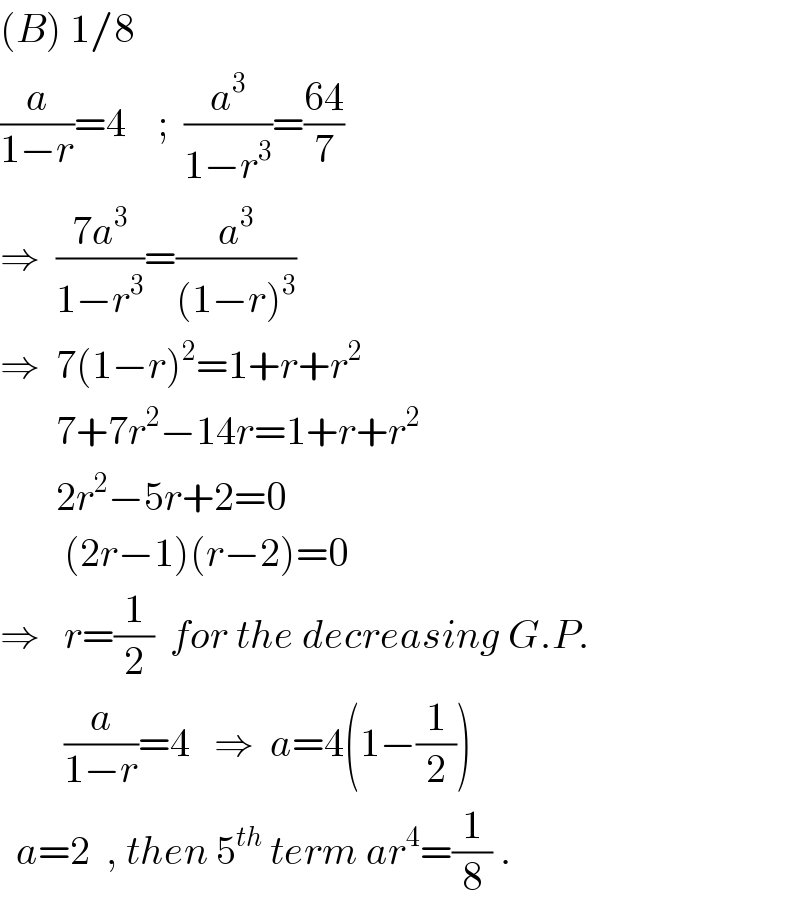
Question and Answers Forum
Question Number 22939 by selestian last updated on 24/Oct/17

Answered by ajfour last updated on 24/Oct/17

| ||
Question and Answers Forum | ||
Question Number 22939 by selestian last updated on 24/Oct/17 | ||
 | ||
Answered by ajfour last updated on 24/Oct/17 | ||
 | ||
| ||